Overview
Preservation Rhinoplasty marks a significant shift in rhinoplasty techniques, emphasizing the conservation of nasal structures over traditional resection methods. The approach focuses on maintaining the integrity of the nasal dorsum, alar cartilages, and skin envelope, aiming to reduce the need for extensive grafting and secondary revisions.
Core Principles
-
Subperichondrial and Subperiosteal Dissection: Preserving the soft tissue envelope to minimize postoperative swelling and scarring.
-
Dorsal Preservation: Maintaining the natural dorsum by modifying the underlying septum and bony structures without disrupting the dorsal aesthetic lines.
-
Alar Cartilage Conservation: Utilizing suture techniques to reshape the nasal tip, avoiding extensive cartilage removal.
-
Minimized Grafting: Reducing the reliance on grafts by preserving native structures, thus decreasing the likelihood of complications and the need for revision surgeries.
Content Highlights
The book is structured to guide surgeons through the philosophy and practical application of preservation techniques:
-
Anatomical Foundations: Detailed exploration of nasal anatomy, emphasizing ligaments and support structures crucial for preservation approaches.
-
Surgical Techniques: Step-by-step procedures for dorsal preservation, tip refinement, and septal modifications.
-
Case Studies: Illustrative examples demonstrating the application of preservation methods in various clinical scenarios.
-
Complication Management: Strategies for addressing potential challenges and ensuring optimal outcomes.
Target Audience
This publication is designed for:
-
Experienced Rhinoplasty Surgeons: Seeking to adopt or refine preservation techniques in their practice.
-
Otolaryngologists and Facial Plastic Surgeons: Interested in contemporary approaches to nasal surgery.
-
Surgical Trainees and Residents: Looking for comprehensive resources on modern rhinoplasty methods
From this book :



![Operative Techniques in Plastic Surgery [3 Volume Set]](https://medebooks.shop/wp-content/uploads/2024/01/Ebook-Covers-Cosmetics-430x590.jpg)
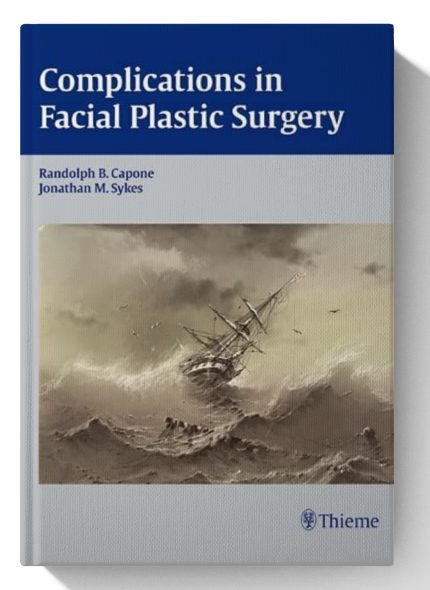
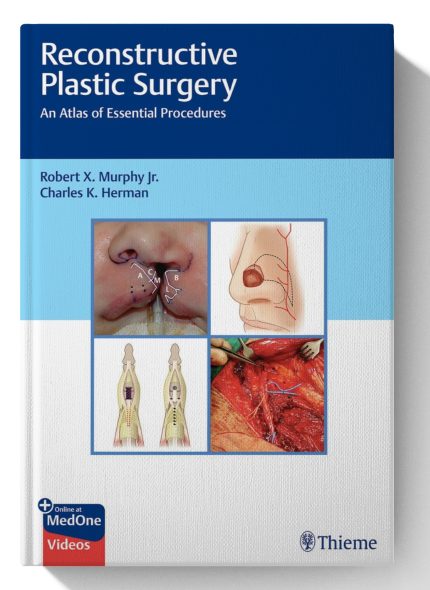
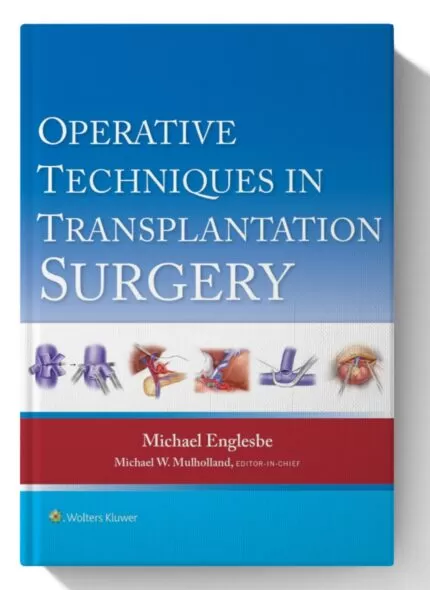

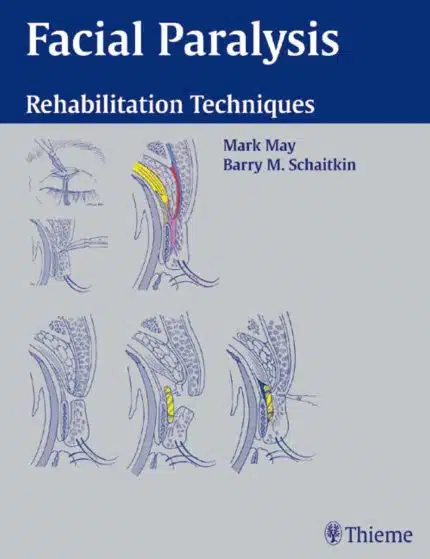
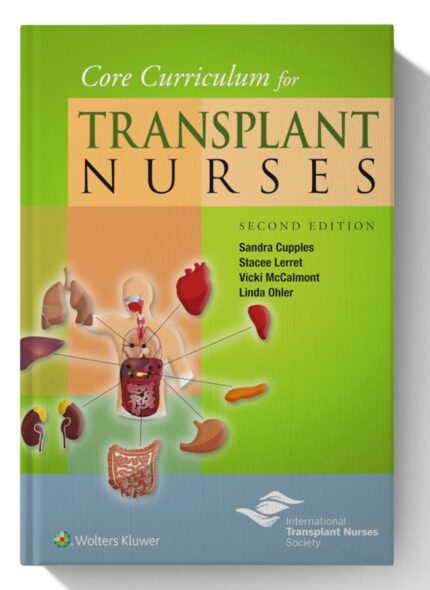
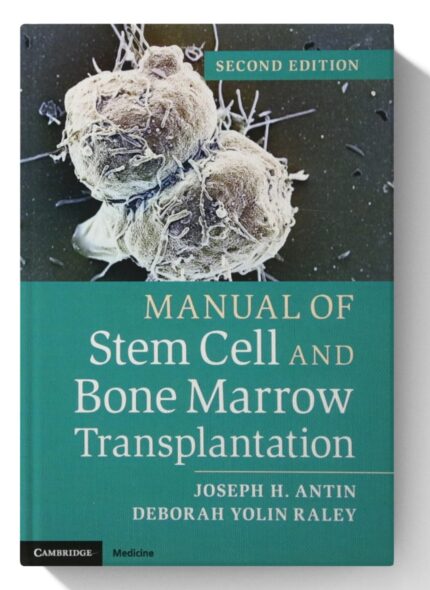


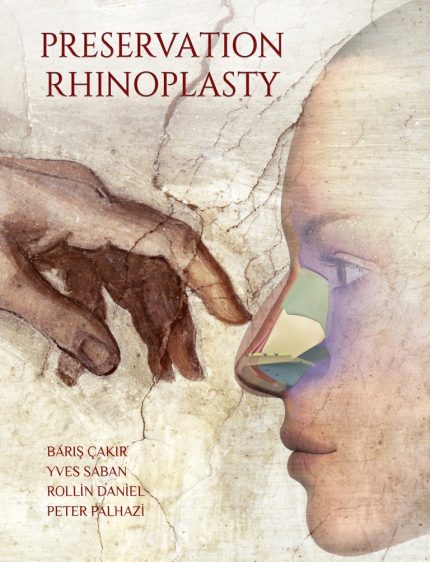
Reviews
There are no reviews yet.